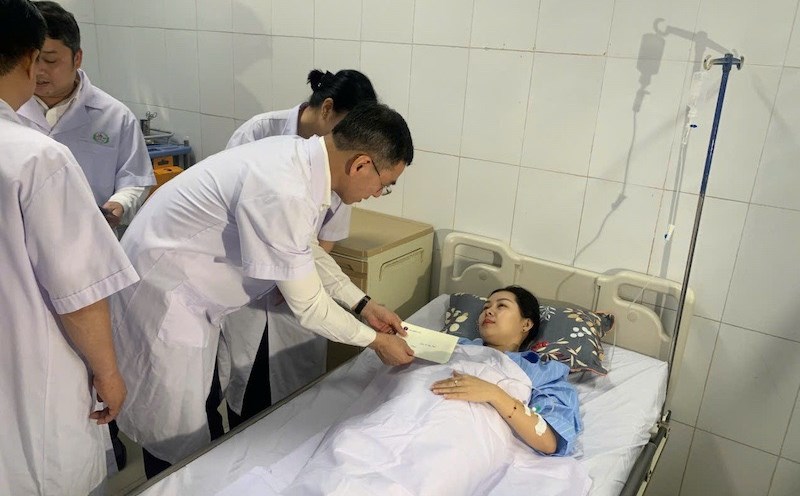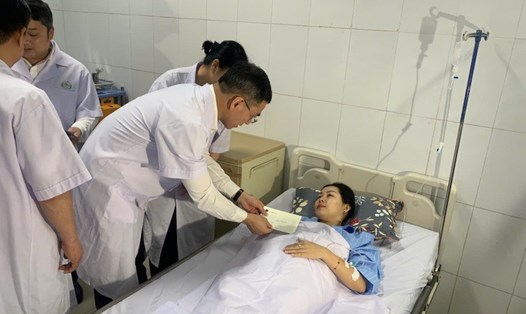In many places, patients have to re-do the test when transferred, even though the previous results are still valuable, causing waste of time, costs and affecting the treatment process.
Testing connectivity is to allow test results to be recognized and used between medical facilities with the same quality standards. This seems simple, but to achieve that recognition, many factors are needed: Standarizing processes, synchronizing technical categories, compatible information technology systems and most importantly, the unified coordination role of the Ministry of Health.
In fact, in nearly 10 years of implementing the Project to enhance laboratory capacity of the Ministry of Health (2016 - 2025) it has shown many positive results with thousands of staff being trained, nearly 3,000 shared testing technical codes issued, and two standards centers in Hanoi and Ho Chi Minh City coming into operation.
However, the whole country currently has only about 500 out of a total of 3,000 quality-standard laboratories. The large difference in human resources, equipment and infrastructure makes it difficult to recognize results between routes. Many doctors at the upper level are still hesitant about the accuracy of the results from the lower level, forcing patients to do it again - something that technology could have solved.
Testing connectivity, therefore, is not only a story of technology but also a story of system governance. There, the role of the "conductor" of the Ministry of Health needs to be demonstrated more clearly - not only issuing regulations but effectively coordinating the laboratory network nationwide.
The Ministry needs to promote independent standardization and inspection, and publicize the quality of laboratories so that medical facilities have a basis for trust in using each other's results.
A laboratory at the grassroots level can completely be recognized as a result by the Central level if both comply with the common standards, are monitored and transparently inspected. At that time, each test result will have national value, not only serving one hospital but also the entire system.
Interconnecting testing not only helps patients save time, effort or costs, but is also the foundation for a unified data healthcare system, where each test result contributes to the picture of public health. This is also the basis for the health sector to improve its capacity to forecast epidemics, plan preventive health policies, and manage health insurance more effectively.
When the coordinating role of the Ministry of Health is properly promoted, when all levels operate according to a common standard, medical connectivity - from testing, diagnostic imaging to electronic medical records... will be more effective in practice, contributing to strengthening people's trust in a modern, unified and humane health system.











